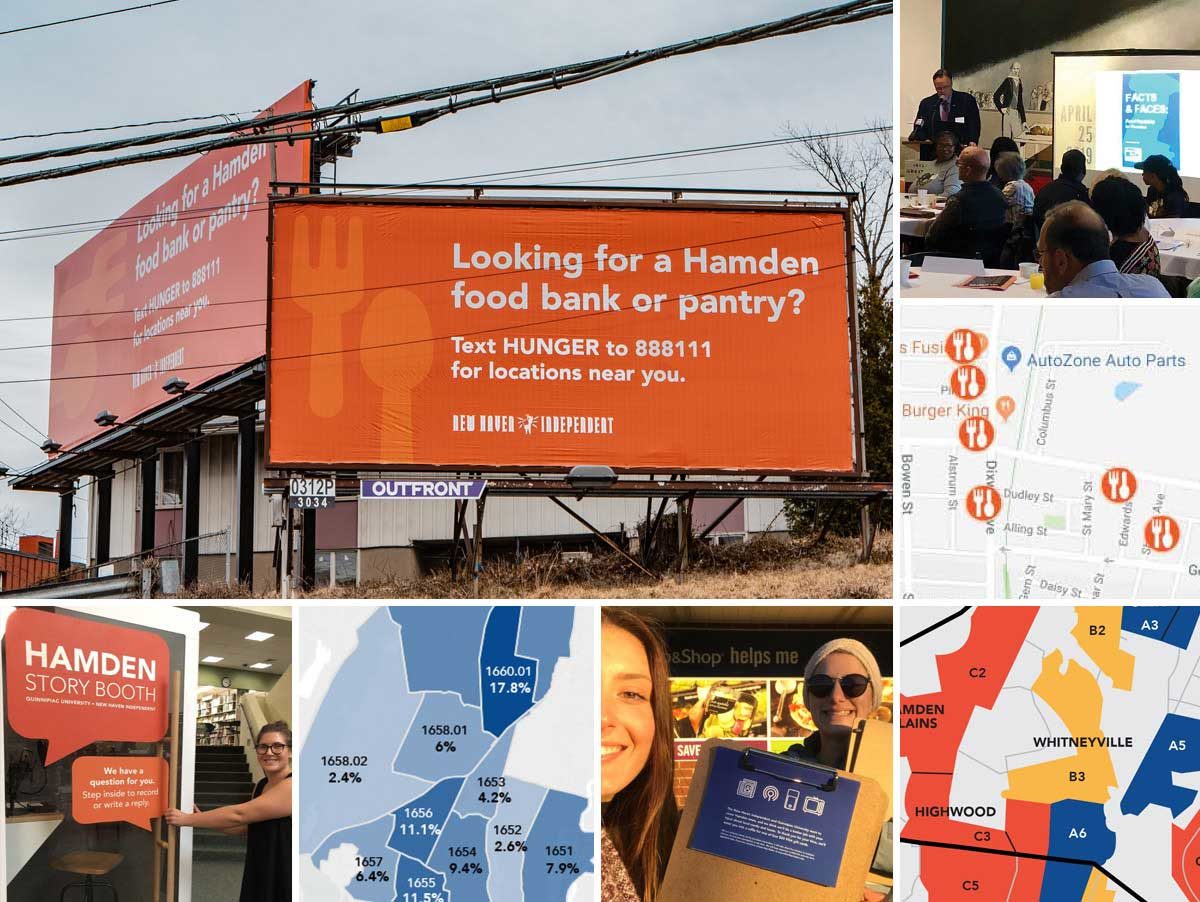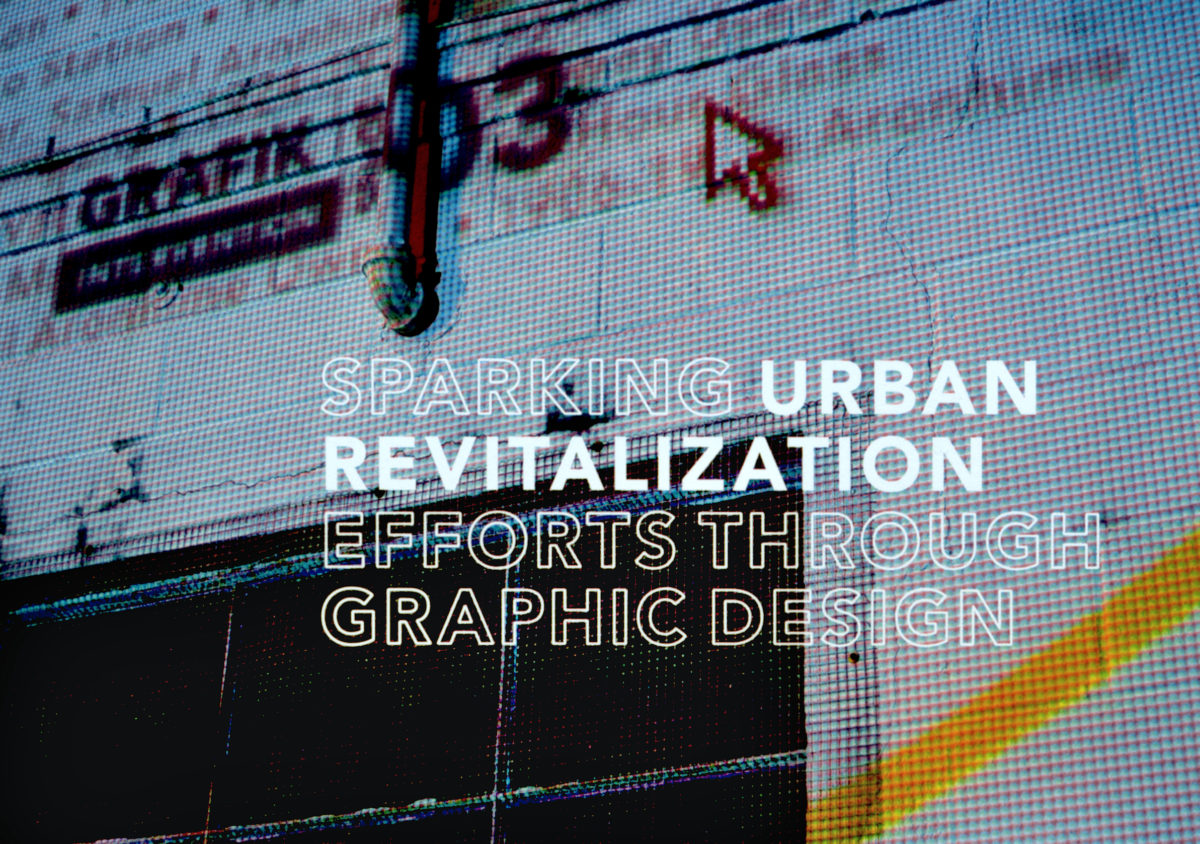Addressing the often-overlooked issue of food insecurity in our local community.
Courtney Marchese
Associate Professor of Interactive Media + Design
School of Communications
Quinnipiac University
Amy Walker
Assistant Professor
Journalism
Quinnipiac University
Michaela Mendygral
Design, Journalism Student
Quinnipiac University
https://www.hamdenhungerproject.com/
Over the past year, an interdisciplinary team of faculty and students from the School of Communications have worked to address the often-overlooked issue of food insecurity in our local community of Hamden. Members of the journalism and graphic design programs have been using a combination of listening booths, two-way texting, billboards, flyers, surveys, and data visuals to build a dialogue with the community. That dialogue has helped raise awareness of hunger in Hamden, and guide those in need of food to available resources near them. Through this project, we also designed a comprehensive report with the United Way of Greater New Haven to help share key findings with the town, news outlets, and government figures.
The project is part of a broader endeavor to not only “design for good,” but to embrace all that is possible in a School of Communications. Our goal is to make important data and stories more accessible–aesthetically, strategically, and verbally–while teaching students to be collaborative, informed citizens.
This research was presented at the Design Incubation Colloquium 6.1: Quinnipiac University on October 5, 2019.
Like this:
Like Loading...


